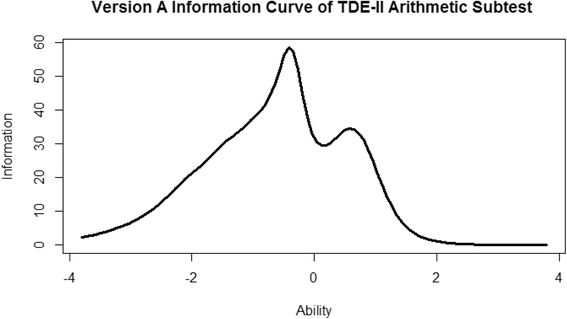
Jasinski, Lindsey J Berry, David T R Shandera, Anni L Clark, Jessica A Use of the Wechsler Adult Intelligence Scale Digit Span subtest for malingering detection: a meta-analytic review. Twenty-four studies utilizing the Wechsler Adult Intelligence Scale (WAIS) Digit Span subtest-either the Reliable Digit Span (RDS) or Age-Corrected Scaled Score (DS-ACSS) variant-for malingering detection were meta-analytically reviewed to evaluate their effectiveness in detecting malingered neurocognitive dysfunction. RDS and DS-ACSS effectively discriminated between honest responders and dissimulators, with average weighted effect sizes of 1.34 and 1.08, respectively. No significant differences were found between RDS and DS-ACSS. Similarly, no differences were found between the Digit Span subtest from the WAIS or Wechsler Memory Scale (WMS). Strong specificity and moderate sensitivity were observed, and optimal cutting scores are recommended.ĭigit Span as a measure of everyday attention: a study of ecological validity. This study investigated the effectiveness of the WAIS-III Digit Span subtest to predict the everyday attention of 75 participants with heterogeneous neurological conditions who were administered the Digit Span subtest as well as the ecologically valid Test of Everyday Attention. In addition, the more visually oriented Picture Completion subtest along with the verbally loaded National Adult Reading Test were administered. The weak association of Digit Span and the Test of Everyday Attention, along with the finding that Picture Completion was a better predictor of performance on the Test of Everyday Attention, question the clinical utility of using Digit Span as a measure of everyday attention.Įxploring the dimensionality of digit span.īowden, Stephen C Petrauskas, Vilija M Bardenhagen, Fiona J Meade, Catherine E Simpson, Leonie C Picture Completion was a somewhat stronger predictor (accounting for 19% of the unique variance).Īnalysis indicated that, although Digit Span was a weak but statistically significant predictor of attentional ability (accounting for 12.7% of the unique variance). The Digit Span subtest from the Wechsler Scales is used to measure Freedom from Distractibility or Working Memory. The clinician is advised to apply tests with higher manipulation load and to consider testing visual span as well before drawing conclusions about impaired WM from the WAIS-IV.ĭigit Span Letter-Number Sequencing WAIS attention/perception cognitive/learning tests working memory.Some published research suggests that Digit Span forward should be interpreted differently from Digit Span backward. The modality model showed the best fit when analyzing summed scores for each task as well as scores for the longest span.

Performance by a mixed sample of 226 patients referred for neuropsychological examination on the Digit Span and Letter-Number Sequencing subtests from the WAIS-IV and on Spatial Span from the Wechsler Memory Scale-Third Edition was analyzed in two confirmatory factor analyses to investigate whether a unitary WM model or divisions based on modality or level/complexity best fit the data. However, it is not clear whether the new extended tasks contribute sufficient complexity to be sensitive measures of manipulation WM, nor do we know to what degree WM capacity differs between the visual and the auditory modality because the WAIS-IV only tests the auditory modality. However, the positive predictive value of the Digit Span subtest was 86 while the Arithmetic subtest was 67.

In the fourth edition of the test (WAIS-IV), the subtests Digit Span and Letter-Number Sequencing are expanded for better measurement of working memory (WM). The Wechsler Adult Intelligence Scale (WAIS) is one of the most frequently used tests among psychologists. Meta-analyses are presented of sex differences in (1) the (mental) arithmetic subtest of the Wechsler intelligence tests for children and adolescents (the WISC and WPPSI tests), showing that boys obtained a mean advantage of.


 0 kommentar(er)
0 kommentar(er)
